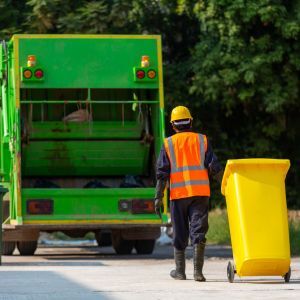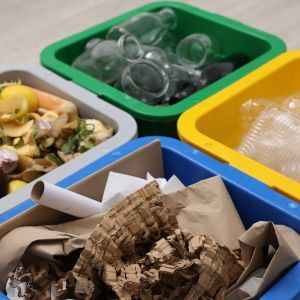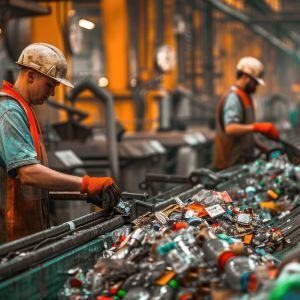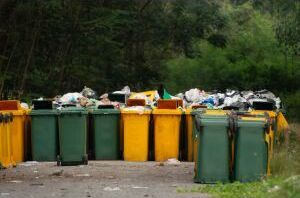How Is Office Recycling Disposed of in New Zealand? Here’s What You Need to Know
Recycling in the workplace is more than just having the right bins — it’s about knowing where that waste goes and how it’s processed. Many New Zealand businesses set up recycling systems with the best intentions, but don’t always understand how the materials are actually disposed of.
Here’s what you need to know about how office recycling is handled in New Zealand — and what you can do to make sure your efforts count.
What Happens to Office Recycling in NZ?
When your recycling is collected from the office, it typically goes to a Materials Recovery Facility (MRF). These facilities sort recyclables into different material streams (paper, cardboard, plastics, metals) before they are cleaned and baled for processing.
From there:
-
Paper and cardboard are pulped and made into new products like boxes and paper towels
-
Plastics (especially type 1 & 2) are shredded, melted, and turned into pellets for new packaging
-
Metals are melted and reused in construction or manufacturing
-
Glass is crushed and remanufactured into bottles or insulation
Recycling is either processed domestically or exported to certified facilities overseas.
If you're just starting out or looking to improve your recycling programme, check out our article: Workplace Recycling Made Simple: A Step-by-Step Setup Guide. It breaks down the planning, setup, and education strategies that help reduce waste and improve participation in New Zealand offices.
Why Contamination Is a Problem
Recycling contamination is one of the biggest challenges in New Zealand. Contaminated recycling — such as food-soiled containers, incorrect plastics, or liquids — can result in entire bins being sent to landfill.
Common contaminants include:
-
Coffee cups (usually lined with plastic)
-
Food scraps in packaging
-
Soft plastics in general recycling
-
Liquids left in bottles and cans
How to Ensure Your Recycling Is Disposed of Properly
-
Train your staff: Educate your team on what can and can’t be recycled. Use visual signage on bins and include recycling tips in onboarding materials.
-
Use separate waste streams: Keep paper, organics, and mixed recycling in their own bins. This reduces contamination and improves recovery.
-
Rinse and empty: Encourage staff to empty food and drink containers before recycling.
-
Avoid problem items: Use compostable alternatives where recycling isn't possible — e.g. coffee cups, cutlery, food containers.
-
Work with a trusted contractor: Choose a commercial waste provider that’s transparent about where your recycling goes and offers reporting.
Even with the best intentions, many New Zealand workplaces make common recycling bin mistakes that lead to contamination and wasted effort. From incorrect labelling to using the wrong liners, these slip-ups can undermine your sustainability efforts. To learn what to watch out for and how to fix it, read our article: Recycling Bin Mistakes NZ Workplaces Often Make – And How to Fix Them.
Regional Variations Matter
Not all councils and contractors accept the same materials. Always check your local collection rules or with your waste services provider. What’s recyclable in Auckland may differ from Christchurch or Wellington.
Tip: WasteMINZ offers region-specific guides for recycling in New Zealand.
Conclusion
Recycling only works when it’s done properly. By understanding how materials are sorted and processed, your business can reduce contamination and ensure your recycling actually makes it to its next life.
Explore Insinc’s range of commercial recycling bins and workplace signage to make recycling easier and more effective across your business.
https://www.insinc.co.nz/category/recycle-bins.html
Posted: Thursday 30 October 2025



